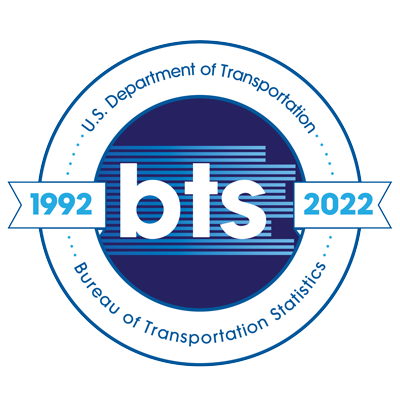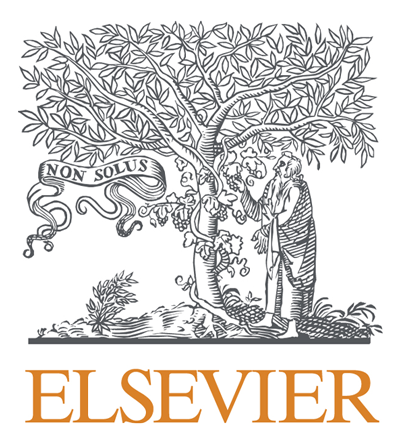Deciphering meander scrolls: Connecting the past to the present through hidden paths of meander migration
Topics:
Keywords: scroll bar, rivers, meander, migration, GIS, open source
Abstract Type: Paper Abstract
Authors:
Andrew Vanderheiden, Texas A&M University
Inci Güneralp, Texas A&M University
,
,
,
,
,
,
,
,
Abstract
As meandering rivers migrate across lowland landscapes, they commonly deposit a series of arcuate ridges, referred to as scroll bars, along the inner banks of their bends. This corrugated surface, forming ridge and swale topography, is often evident in aerial photos as banding in the riparian vegetation and most apparent in lidar-derived digital elevation models (DEMs). Each ridge marks the location and orientation of the channel at the time of deposition. Interpreted collectively across a bend, the ridge and swale topography make up an intuitive record of the bend’s migration history. Leveraging this information encoded in the landscape, previous work created the concept of “erosion pathlines,” a series of migration vectors across the entirety of the bend. Building upon past work, we developed a computational method to generate similar “migration pathlines” from ridges delineated using high-resolution bare-earth DEMs and the principles of geomorphometry. We present how the migration pathlines can be used to examine the spatial structure of: (1) ridge-swale morphology and (2) migration patterns across meander bends. To do so, we compute a suite of ridge-swale morphometrics and use these metrics to examine the trends in ridge-swale morphology and bend migration. By enabling the quantification of the spatial and temporal patterns of scroll bars across a bend as well as among different bends, this new tool will allow us to investigate bend-scale depositional and migration processes at a high level of detail that was not previously possible.
Deciphering meander scrolls: Connecting the past to the present through hidden paths of meander migration
Category
Paper Abstract








